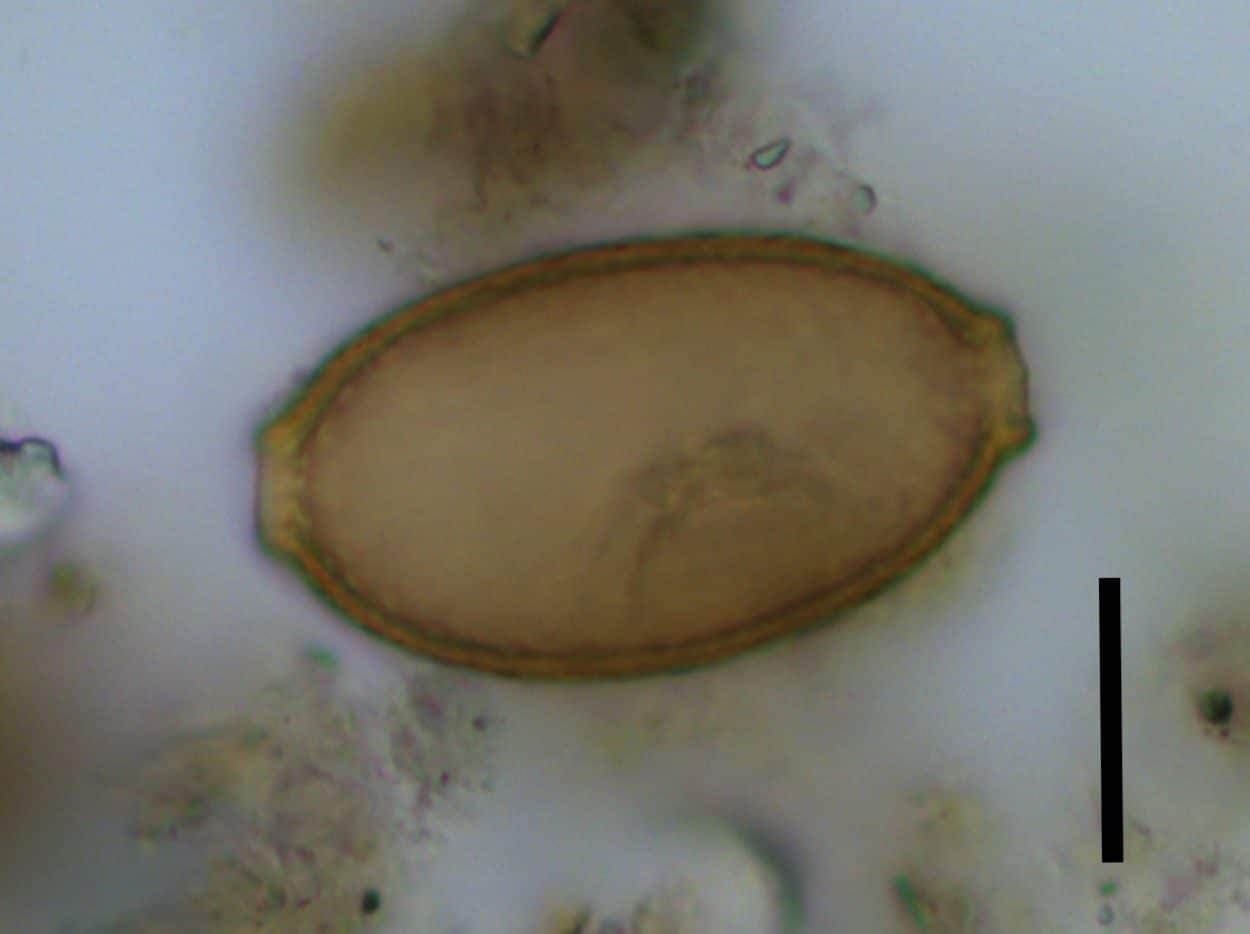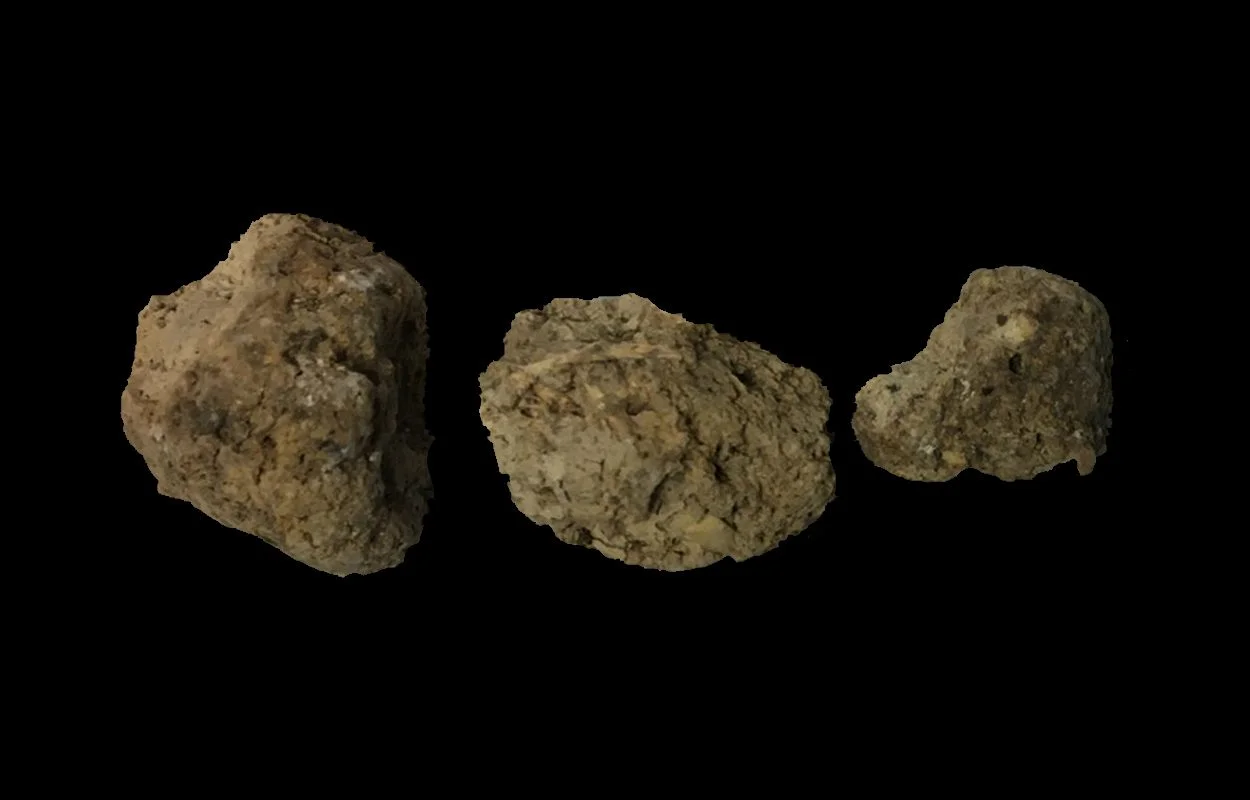A study of faeces discovered near Stonehenge has revealed new evidence of ancient parasites consumed through poorly cooked food.
The faeces were uncovered by archaeologists from the University of Cambridge whilst excavating at Durrington Walls in Salisbury Plain, England. Durrington Walls is a large Neolithic settlement that developed into a late Neolithic henge monument, located 2 miles north-east of Stonehenge.
Occupation at Durrington Walls matches with the stage two construction of Stonehenge, when the trilithons (two massive vertical stones supporting a third horizontal stone) were erected, suggesting that Durrington Walls was inhabited by the Stonehenge builders.
The researchers found 19 pieces of ancient faeces, also known as coprolite, dating from around 4,500 years ago. Five of the faeces (one from a human and the others from dogs) were found to contain the eggs of parasitic worms, representing the earliest evidence of intestinal parasites found within the UK where the host species that produced the faeces has been identified.
Dr Piers Mitchell from Cambridge’s Department of Archaeology said: “This is the first-time intestinal parasites have been recovered from Neolithic Britain, and to find them in the environment of Stonehenge is really something. The type of parasites we find are compatible with previous evidence for winter feasting on animals during the building of Stonehenge.”

Previous isotopic analyses of cow teeth from Durrington Walls suggest that some cattle were herded almost 100km from Devon or Wales to the site for large-scale feasting. Patterns of butchery previously identified on cattle bones from the site suggest beef was primarily chopped for stewing, and bone marrow was extracted.
Excavations in the past of the main midden refuse heap uncovered pottery and stone tools along with over 38,000 animal bones. Some 90% of the bones were from pigs, with less than 10% from cows. This is also where the partially mineralised faeces used in the study were found.
“As capillariid worms can infect cattle and other ruminants, it seems that cows may have been the most likely source of the parasite eggs,” said Mitchell. The finding of capillariid worms in both human and dog faeces suggests that the inhabitants fed their dogs with leftovers.







